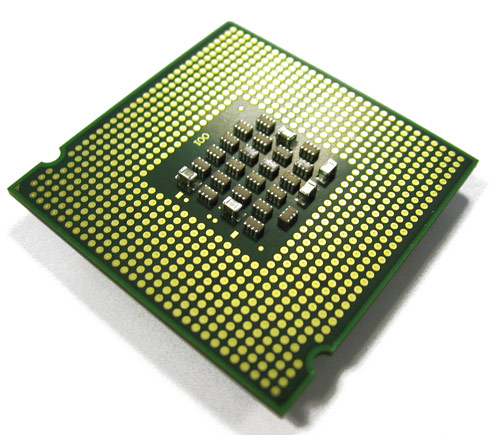The double peek in the Rx -> recvfrom() specifically the kernel -> userland switch looked suspiciously like some sort of core/hardware interaction. So, what happens if we change the # cores. Its really simple to do, just add maxcpus=0 to the kernel boot command. And thus the following plots are generated
Which is kind of interesting, not sure how/why the 1 Core sendto() has quite a few sample points < 1,000ns where the 2 Core version has none, other than that nothing too exciting.
... the plots speak for them self. Strangely, adding cores in some cases increases latency (the 2nd peek),. No idea whats going on, but keep in mind this is a blocking recvfrom() call so its obviously related to how linux scheduler deals with signals.








Hi,
ReplyDeleteThis increase in latency for the two cores may be due to the fact that the code jumps between the cores - about 260 ns difference between the peaks corresponds to the L3 latency (kernel scheduler?) - never sure where the core will be executed... do you have another idea?